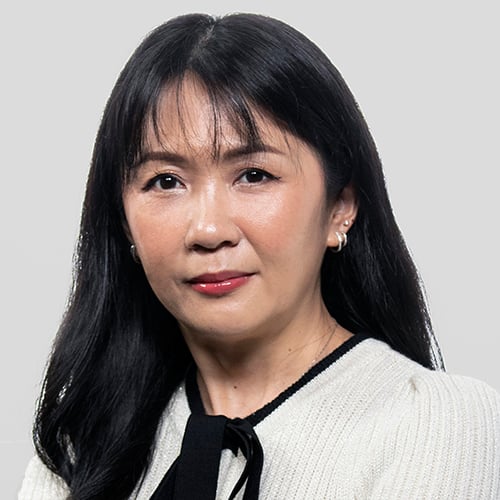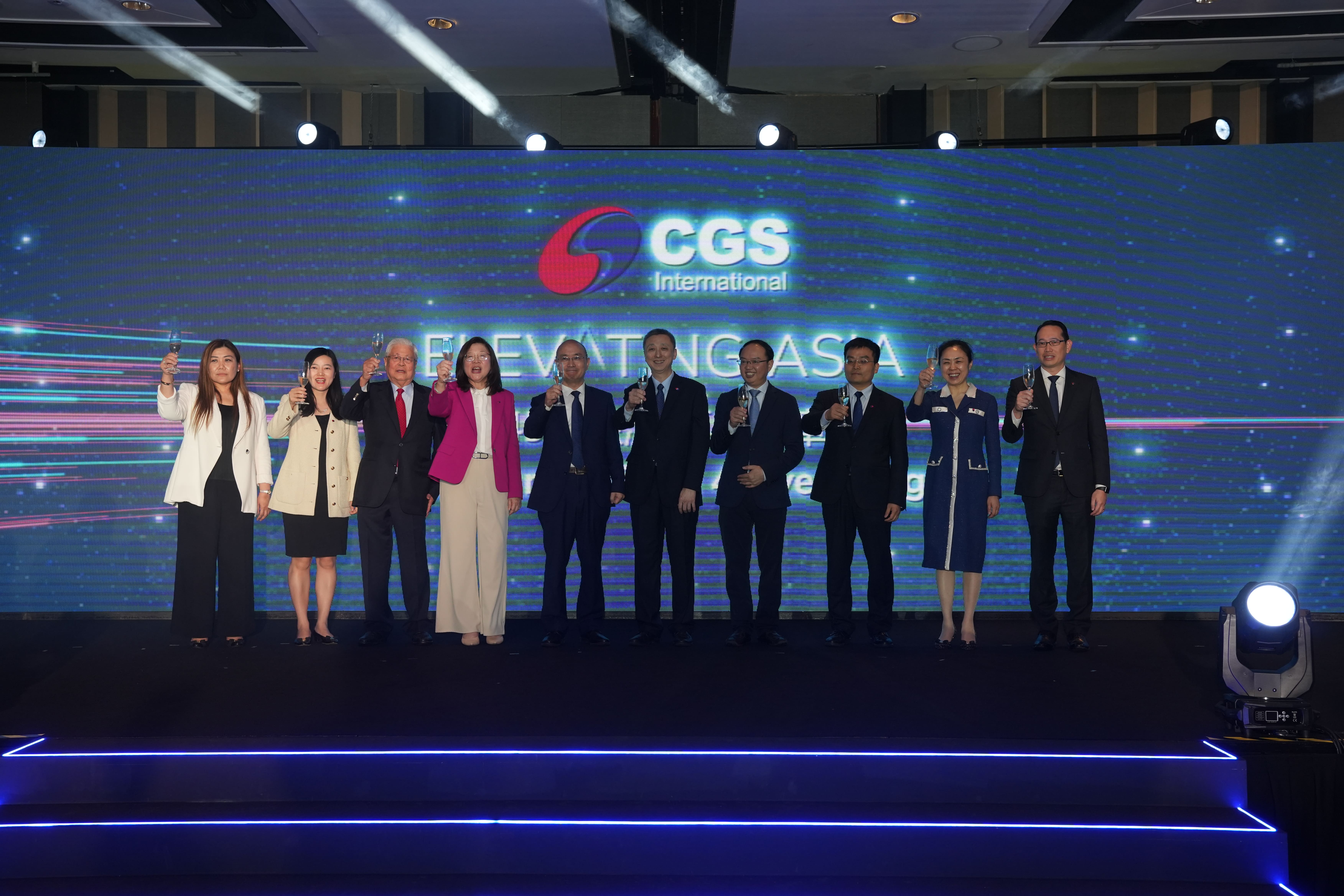With a growing number of investors becoming more aware of the importance of sustainability in achieving long-term returns, many asset managers have used ESG ratings as a practical way to identify companies and projects that meet their standards.
Nonetheless, there is a view that ESG ratings alone may not encourage companies to improve. Engagement practices under the framework of the United Nations’ Sustainable Development Goals (UNSDGs) may offer a better approach to impact investing.
“In the small and mid-cap market, ESG ratings are simplifying a complex matter and agenda to a single letter or single number,” asserts Will Pomroy, the lead engager of the Federated Hermes SDG Engagement Equity Fund. “They are also distilled from the historical information and qualitative data."
Eventually, “the whole market will move towards engagement because asset managers have to be seen as adding value, not just in financial terms but on a sustainability front,” predicts Hamish Galpin, the lead manager of Federated Hermes SDG Engagement Equity Fund.
Launched in 2018, the Federated Hermes SDG Engagement Equity Fund (the fund) seeks to provide long-term capital appreciation alongside positive societal impact. By investing primarily in equity securities of small- and mid-cap companies in the United States and other markets, investments and engagement practices with the investee companies are aligned with the UNSDGs, a set of 17 interlinked goals intended to be achieved by 2030 for ”a better and more sustainable future for all”.
With more than 25 years of experience in investing in small- and mid-cap assets, Galpin sees UNSDGs as drivers of long-term shareholder value in this market segment. “What has really held back sustainability funds in the past is that you have to sacrifice investment returns where you have to achieve some social objectives, but I don’t think that is the case for SDGs, because they address long-term drivers of shareholder value and risk areas on which to focus mitigation measures,” he says.
The fund’s net asset value has risen 3.17% since inception and outperformed its benchmark by more than 3%, as of September 30 2020. However, for many yield-hungry investors in Asia, a single-digit return is hardly impressive in the face of better-performing alternative opportunities. The Hang Seng China New Economy Index, for example, has grown 30.17% year-to-date.
Galpin points out that the fund is designed to attract investors with a longer-term outlook who want to make a positive impact on society. The turnover of its underlying holdings is around five to seven years, a similar time frame for an engagement programme to deliver meaningful outcomes.
“Our strategy is to buy relatively high-quality business and hold as long as we can, because the biggest sin in our market is to sell too soon,” he notes. “A lot of our competitors turn their portfolio once a year or once every two years, and you just cannot run the engagement programme like that. You have to have a long-term investment fund mindset to make the engagement work.”
Such a strategy stands in stark contrast to ESG indices which are rebalanced annually.
One focus of the fund’s engagement programmes is the social agenda (the “S” in ESG), such as promoting gender equity. In Japan, women participation in the labour force has been improving over the years, but they remain under-represented in high-quality jobs and senior management positions. According to Federated Hermes, only 24 out of the 225 constituents of the Nikkei index have a board where more than 20% of the directors are women.
Therefore, it is encouraging to see how the engagement effort is translated into tangible targets set by some of the fund’s equity holdings. For example, Horiba, a maker of precision instruments, aims to increase the ratio of women in management to 20% and among senior executives to 10% by 2021. For Nissan Chemical, the targets are to see women occupying 30% of the new regular positions and to expand the range of occupations held by women in each department.
“The numerical targets set by Horiba and Nissan Chemical to many of us in the West might seem to be a pretty low level,” says Pomroy. “But it speaks to the fact that the process made in previous years [in Japan] on the gender front is very slow.”
Though it is hard to say that these positive changes are mainly contributed by the fund’s engagement, it is evident that asset managers need to actively voice out their ESG concerns to the company’s board and senior management in order to bring meaningful impact.
“To be frank, the CEO of the company cares about what the portfolio managers think,” Pomroy notes. “And the participation of portfolio managers, i.e., the investment decision makers, is crucial in persuading the company to change.”
Galpin believes that the engagement should be persistent until it penetrates the heart of the corporate governance body. “It is good to see board members engaging with us as it reflects how serious the company is taking the issue,” he notes. “You can talk about sustainability all day but an important part of our job is to get it more prominent on the board’s agenda.”









